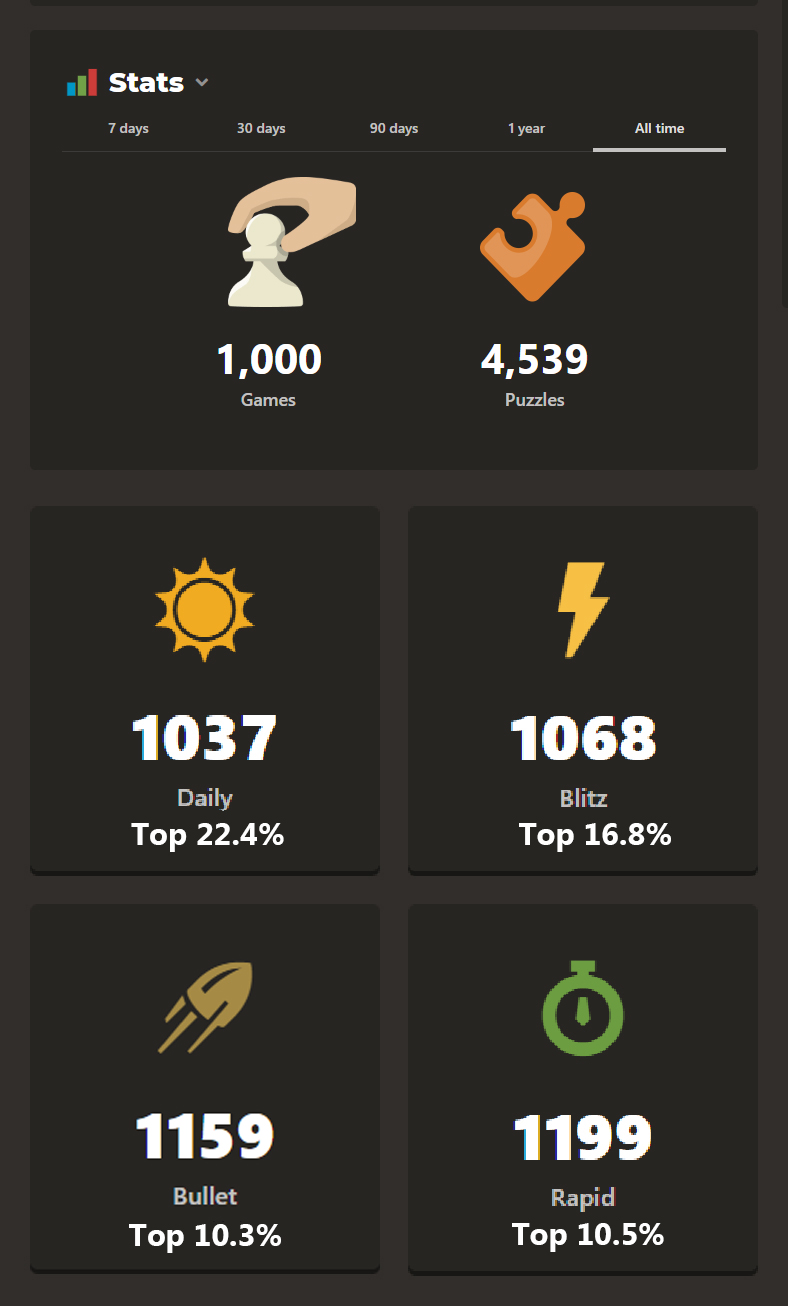 Below are the requirements I completed for the Chess Badge
Below are the requirements I completed for the Chess Badge
Note: Click any image on this page to enlarge it in a new tab
ADDITIONAL REQUIREMENTS COMPLETED
In addition to the above, I also researched all the following areas and then completed a verbal presentation/interview to demonstrate my knowledge and understanding for each of them:
- Discuss with your merit badge counselor the history of the game of chess. Explain why it is considered a game of planning and strategy
- Discuss with your merit badge counselor the following:
- The benefits of playing chess, including developing critical thinking skills, concentration skills, and decision-making skills, and how these skills can help you in other areas of your life
- Sportsmanship and chess etiquette
- Demonstrate to your counselor that you know each of the following. Then, using Scouting’s Teaching EDGE, teach someone (preferably another Scout) who does not know how to play chess:
- The name of each chess piece
- How to set up a chessboard
- How each chess piece moves, including castling and en passant captures
- Do the following:
- Demonstrate scorekeeping using the algebraic system of chess notation.
- Discuss the differences between the opening, the middle game, and the endgame.
- Explain four opening principles.
- Explain the four rules for castling.
- On a chessboard, demonstrate a “scholar’s mate” and a “fool’s mate.”
- Demonstrate on a chessboard four ways a chess game can end in a draw.
- Do the following:
- Explain four of the following elements of chess strategy: exploiting weaknesses, force, king safety, pawn structure, space, tempo, time.
- Explain any five of these chess tactics: clearance sacrifice, decoy, discovered attack, double attack, fork, interposing, overloading, overprotecting, pin, remove the defender, skewer, zwischenzug.
- Set up a chessboard with the white king on e1, the white rooks on a1 and h1, and the black king on e5. With White to move first, demonstrate how to force checkmate on the black king.
- Set up and solve five direct-mate problems provided by your merit badge counselor.

